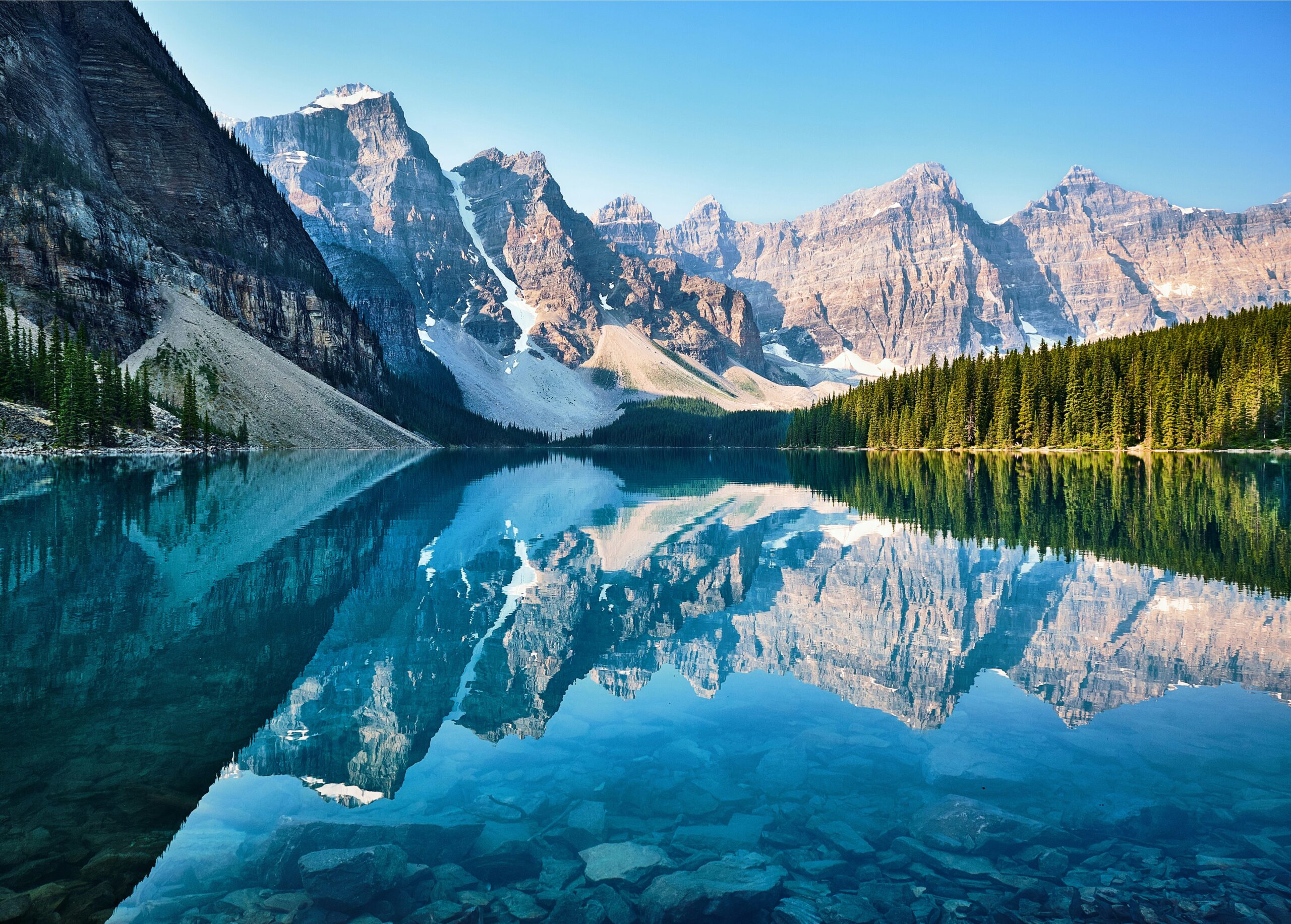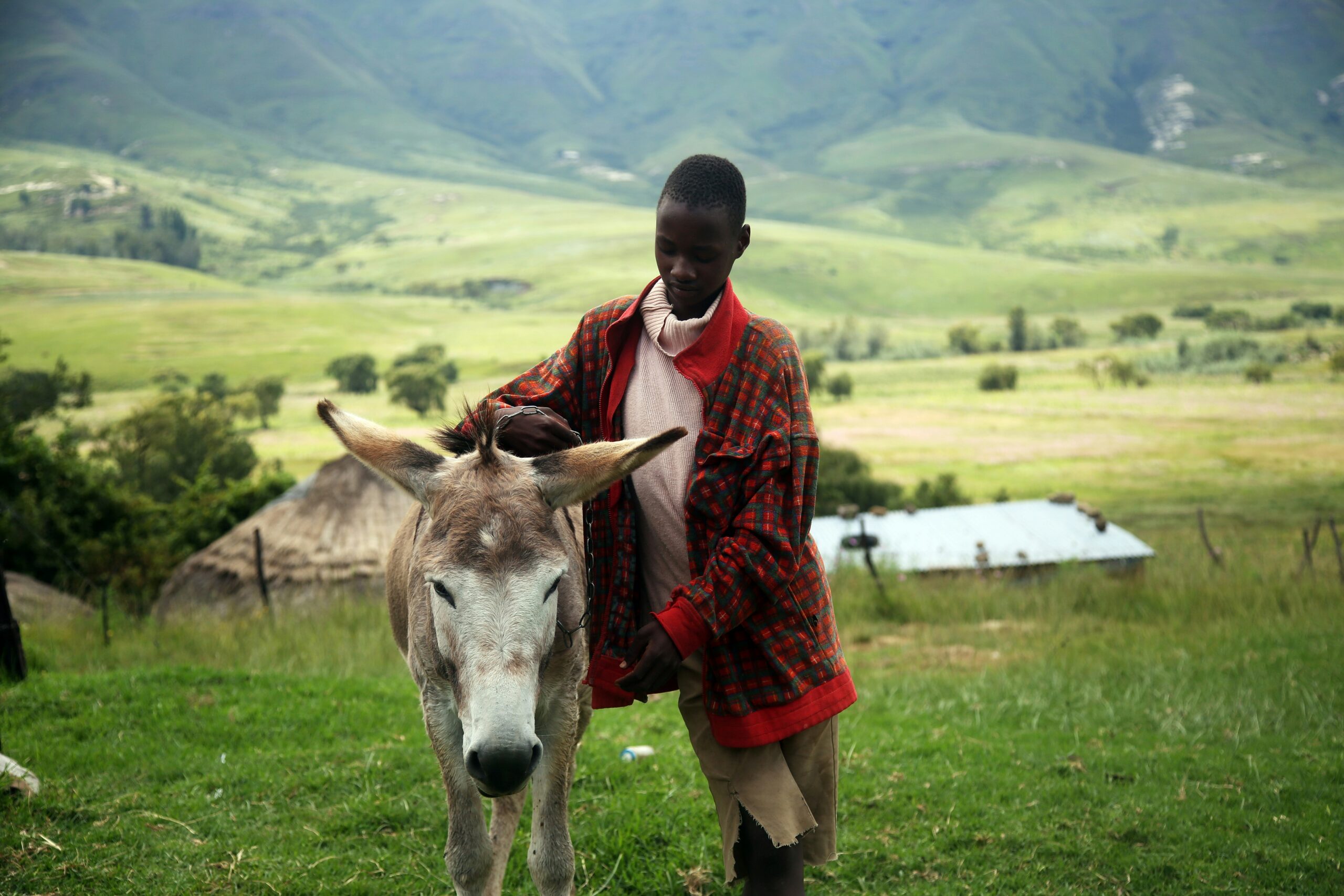Introduction
When it comes to comparing countries, Canada and Chile present an intriguing case study due to their distinct characteristics and diverse attributes. The purpose of this blog post is to provide a comprehensive comparison between Canada and Chile, examining various dimensions such as geography, culture, economy, and more. By exploring these aspects, we aim to offer a thorough understanding of what sets these two nations apart and what connects them.
Canada, known for its vast landscapes and multicultural society, is the second-largest country in the world by land area. Its natural beauty, from the Rocky Mountains to the Great Lakes, is complemented by its rich cultural tapestry, influenced by a history of indigenous peoples and waves of immigration. Economically, Canada is a developed nation with significant contributions to sectors like technology, natural resources, and healthcare.
On the other hand, Chile is a long, narrow country stretching along the western edge of South America. Its dramatic coastline, the Andes mountains, and the Atacama Desert contribute to its unique geographical identity. Chile’s culture is a blend of indigenous and Spanish influences, offering a rich tradition of music, dance, and cuisine. Economically, Chile is one of the most stable and prosperous nations in South America, known for its mining industry, particularly copper, and a growing emphasis on technology and renewable energy.
These unique aspects make Canada and Chile fascinating subjects for comparison. Both countries have distinctive geographical features, cultural richness, and economic strengths that offer valuable insights into the diverse ways nations can develop and prosper. As we delve deeper into the specifics of each dimension, this comparison will reveal not only the differences but also the similarities that make Canada and Chile noteworthy on the global stage.
Geographical Differences and Climate
Canada and Chile present stark geographical contrasts, each with unique landscapes and climates that shape the lifestyle and activities of their inhabitants. Canada, the second-largest country in the world by land area, boasts an extensive range of terrains. From the arctic tundra in the north to the temperate forests of British Columbia, Canada’s vastness encompasses prairies, mountain ranges, and numerous freshwater lakes. This geographical diversity results in a wide range of climate zones, from the freezing temperatures of the Arctic to the more temperate conditions of the southern provinces.
In comparison, Chile forms a narrow, elongated strip along the western edge of South America, bordered by the Pacific Ocean and the Andes mountains. Despite its smaller size, Chile’s geography is remarkably diverse. The country spans more than 4,300 kilometers from north to south, encompassing the arid Atacama Desert, a Mediterranean climate in the central region, and the windy, rainy expanses of Patagonia in the south. This longitudinal span results in dramatic climatic variations, from scorching desert heat to the icy conditions of the southernmost regions.
The geographical and climatic differences between Canada and Chile significantly influence the lifestyles and activities of their populations. In Canada, winter sports such as ice hockey, skiing, and snowboarding are highly popular, particularly in regions with long, harsh winters. The vast forests and lakes also support a culture of outdoor activities such as hiking, fishing, and camping. Conversely, Chile’s varied climate zones foster a wide range of activities across the country. The arid north is known for stargazing and exploring the desert, the central regions are ideal for wine production and agricultural pursuits, and the south attracts adventurers with its opportunities for trekking, mountaineering, and observing diverse wildlife.
Overall, the geographical and climatic diversity of both Canada and Chile not only defines their natural beauty but also profoundly shapes the daily lives and recreational activities of their residents, contributing to the distinct cultural and environmental identities of each country.
Cultural Heritage and Diversity
Canada and Chile each boast a rich cultural heritage, shaped by a blend of indigenous traditions and various waves of immigration. Canada’s identity as a multicultural mosaic is reflected in its policies that actively promote diversity and inclusion. This is evident in the celebration of numerous cultural festivals, such as the Toronto Caribbean Carnival, the Vancouver International Film Festival, and the Calgary Stampede. Indigenous cultures, notably the First Nations, Inuit, and Métis, have played a crucial role in shaping Canada’s cultural landscape. National holidays like Canada Day and Indigenous Peoples Day highlight the country’s commitment to honoring its diverse heritage.
In contrast, Chile’s cultural heritage is a unique amalgamation of indigenous traditions and European influences, predominantly Spanish. The Mapuche, one of the most significant indigenous groups in Chile, have profoundly impacted the nation’s culture, language, and traditions. Festivals such as the Fiestas Patrias, which celebrate Chile’s independence, and the Mapuche’s We Tripantu, marking the winter solstice, are pivotal in understanding Chile’s cultural fabric. Traditional Chilean foods, like empanadas, pastel de choclo, and curanto, offer a taste of the country’s rich culinary heritage, influenced by both indigenous and European flavors.
Music and dance are integral to the cultural expressions in both nations. In Canada, genres range from indigenous drumming and powwow music to contemporary pop and rock, with artists like Celine Dion and Drake gaining international acclaim. Chile, too, has a vibrant musical scene, with folk music such as cueca, as well as Nueva Canción Chilena, a movement that blends folk and political themes, represented by artists like Violeta Parra and Victor Jara.
Both countries face challenges and opportunities in preserving and promoting their indigenous cultures. In Canada, initiatives like the Truth and Reconciliation Commission aim to address historical injustices faced by the First Nations. Similarly, in Chile, there is ongoing dialogue and policy development to recognize and integrate the rights and contributions of the Mapuche people into the broader national narrative.
Economic Landscape
Canada and Chile present distinct economic landscapes shaped by their unique resources and strategic economic policies. Canada’s economy is highly diversified, with significant contributions from natural resources, technology, and services sectors. The country is renowned for its vast reserves of oil, natural gas, and minerals, which play a crucial role in its economic framework. Additionally, the technology sector has seen robust growth, with major hubs in cities like Toronto, Vancouver, and Montreal. Services, including finance, real estate, and healthcare, also constitute a substantial part of Canada’s GDP.
Chile, on the other hand, has a more concentrated economic structure, heavily reliant on its mining sector. The country is the world’s largest producer of copper, which accounts for a significant portion of its exports and government revenue. Besides copper, Chile has diversified into other minerals, agriculture, and services. The country has also been making strides in developing its renewable energy sector, leveraging its geographical advantages for solar and wind energy production.
In terms of economic indicators, Canada boasts a higher GDP, with a 2021 estimate of approximately $1.99 trillion USD, compared to Chile’s $317 billion USD. Employment rates in Canada have generally been stable, although they faced fluctuations due to the global economic impact of the COVID-19 pandemic. Chile, while experiencing steady growth, has had to address higher unemployment rates, which stood at around 8.8% in 2021.
Both countries face distinct economic challenges and opportunities. Canada’s reliance on natural resources makes it vulnerable to global commodity price fluctuations, while its trade relationships, particularly with the United States, play a pivotal role in its economic health. Chile’s economy, while benefiting from high copper prices, must navigate the volatility of the global mining market and diversify further to reduce dependency on a single commodity.
Economic policies in both nations reflect these dynamics. Canada has been focusing on innovation, technology, and environmental sustainability, aiming to balance resource extraction with long-term ecological goals. Chile, meanwhile, is investing in infrastructure and education to enhance its economic diversification and competitiveness on the global stage.
Political Systems and Governance
Canada and Chile present distinct political frameworks reflective of their unique historical and cultural contexts. Canada operates under a parliamentary democracy and a constitutional monarchy. This system entails a dual executive structure: the Head of State, represented by the monarch, and the Head of Government, led by the Prime Minister. The Canadian Parliament consists of two houses: the elected House of Commons and the appointed Senate. This bicameral legislature ensures a balanced representation of the populace and the regions.
In contrast, Chile follows a presidential system, characterized by the direct election of the President, who serves as both the Head of State and the Head of Government. This centralized executive authority allows the President to appoint the Cabinet and oversee the federal administration. The Chilean National Congress is bicameral, comprising the Chamber of Deputies and the Senate, which together legislate and oversee the executive’s actions.
Canada’s political history has been shaped significantly by its colonial past, primarily influenced by British and French governance systems. The confederation in 1867 marked a pivotal moment, leading to the establishment of a federal structure. Key political figures such as Sir John A. Macdonald and Pierre Trudeau have left indelible marks on Canada’s political landscape, shaping policies and international relations.
Chile’s political trajectory has been notably turbulent, with periods of authoritarian rule and democratic governance. The 1973 military coup, led by General Augusto Pinochet, profoundly impacted the nation, resulting in years of dictatorship until democracy was restored in 1990. Recent political developments include the election of Gabriel Boric, a significant figure in Chile’s progressive movement, who advocates for social reforms and environmental policies.
Both nations’ political climates considerably influence their international relations. Canada’s stable governance and commitment to multilateralism have positioned it as a key player in global organizations like the United Nations. Conversely, Chile’s evolving political landscape, particularly its focus on social justice and economic reforms, has shaped its interactions within Latin America and beyond.
Quality of Life and Social Services
When comparing the quality of life in Canada and Chile, several key factors such as healthcare, education, and social services come to the fore. Both nations offer unique attributes in these areas, impacting their citizens’ overall well-being.
Canada boasts a well-established public healthcare system, universally available to all its residents. Funded through taxation, the Canadian healthcare system ensures that medical services are accessible and affordable. This system contributes to Canada’s high life expectancy, which stands at approximately 82 years. Conversely, Chile has a mixed healthcare system, combining public and private sectors. While the public system provides basic medical services, the private sector offers more specialized care, often leading to disparities in accessibility and quality. Chile’s life expectancy is slightly lower, at around 80 years.
Educational access and quality also differ significantly between the two countries. Canada prides itself on a robust public education system, with compulsory schooling up to the age of 18. This contributes to a high literacy rate of 99% and a strong Human Development Index (HDI) ranking. Chile, meanwhile, has made substantial strides in education over recent years, achieving a literacy rate of 96%. However, educational inequality remains an issue, particularly between urban and rural areas.
Social services in Canada are comprehensive, encompassing various welfare programs such as unemployment insurance, child benefits, and pensions for the elderly. These programs are designed to support the population’s diverse needs and mitigate economic disparities. Chile also offers social welfare programs, but their coverage and effectiveness can be inconsistent. While initiatives like the Solidarity Income Program aim to assist low-income families, gaps in implementation and funding often limit their impact.
Overall living standards are reflected in the HDI rankings, where Canada consistently ranks among the top countries globally, while Chile occupies a mid-range position. This difference highlights the broader spectrum of social services and quality of life in Canada compared to Chile.
Tourism and Attractions
Canada and Chile, despite their geographical differences, both offer a plethora of unique tourist attractions that cater to a wide range of travelers. Canada boasts some of the most iconic natural wonders and vibrant urban centers. Niagara Falls, shared with the United States, is one of the most famous waterfalls in the world, drawing millions of visitors annually. Banff National Park, nestled in the heart of the Canadian Rockies, offers stunning mountain vistas, crystal-clear lakes, and abundant wildlife, making it a haven for nature lovers and adventure seekers.
In addition to its natural beauty, Canada’s cities are vibrant cultural hubs. Toronto, the largest city in Canada, is known for its diverse population, towering skyscrapers, and cultural landmarks such as the CN Tower. Vancouver, on the west coast, is renowned for its scenic beauty, surrounded by mountains and ocean, and its thriving arts and food scenes. Both cities offer a mix of cosmopolitan experiences and easy access to outdoor activities.
Chile, on the other hand, offers a different yet equally captivating set of attractions. Easter Island, located in the southeastern Pacific Ocean, is famous for its mysterious Moai statues, which continue to intrigue archaeologists and travelers alike. The Atacama Desert, one of the driest places on Earth, provides a stark, otherworldly landscape perfect for stargazing, exploring salt flats, and visiting geysers. Santiago, the capital of Chile, is a bustling metropolis that blends modernity with rich history, offering visitors a chance to explore its museums, markets, and nearby vineyards.
Both countries have well-developed tourism infrastructures. Canada is particularly appealing to travelers who enjoy a mix of urban and natural environments, with excellent facilities for skiing, hiking, and wildlife viewing. Chile, with its unique geographical features, attracts those interested in adventure tourism, archaeology, and astronomy. Whether one is drawn to the serene landscapes of Canada or the dramatic terrains of Chile, both destinations promise unforgettable experiences.
Conclusion
In comparing Canada and Chile, we have delved into various facets that define these diverse nations. Canada, with its vast landscapes, multicultural cities, and high standard of living, presents itself as an appealing destination for both travelers and those seeking new opportunities. Its robust economy, comprehensive healthcare system, and commitment to social welfare underscore its attractiveness for relocation.
On the other hand, Chile offers a unique charm with its rich cultural heritage, stunning natural wonders, and dynamic cities. The country’s diverse climate ranges from the arid Atacama Desert in the north to the glacial regions of Patagonia in the south, providing a wide array of experiences for adventurers and nature enthusiasts. Additionally, Chile’s economic stability and progressive social policies contribute to its growing appeal on the global stage.
Both countries exhibit distinct strengths and characteristics that cater to different preferences and lifestyles. Whether one is drawn to Canada’s cosmopolitan vibrancy and societal inclusivity or Chile’s cultural depth and natural diversity, each nation offers something remarkable. As you contemplate travel or relocation, these elements are crucial to consider in making an informed decision.
We invite you to reflect on the unique attributes of Canada and Chile. What aspects resonate most with you? Have you had any experiences in these countries that shaped your perspective? Share your thoughts and join the conversation about the diverse and fascinating world we live in.



